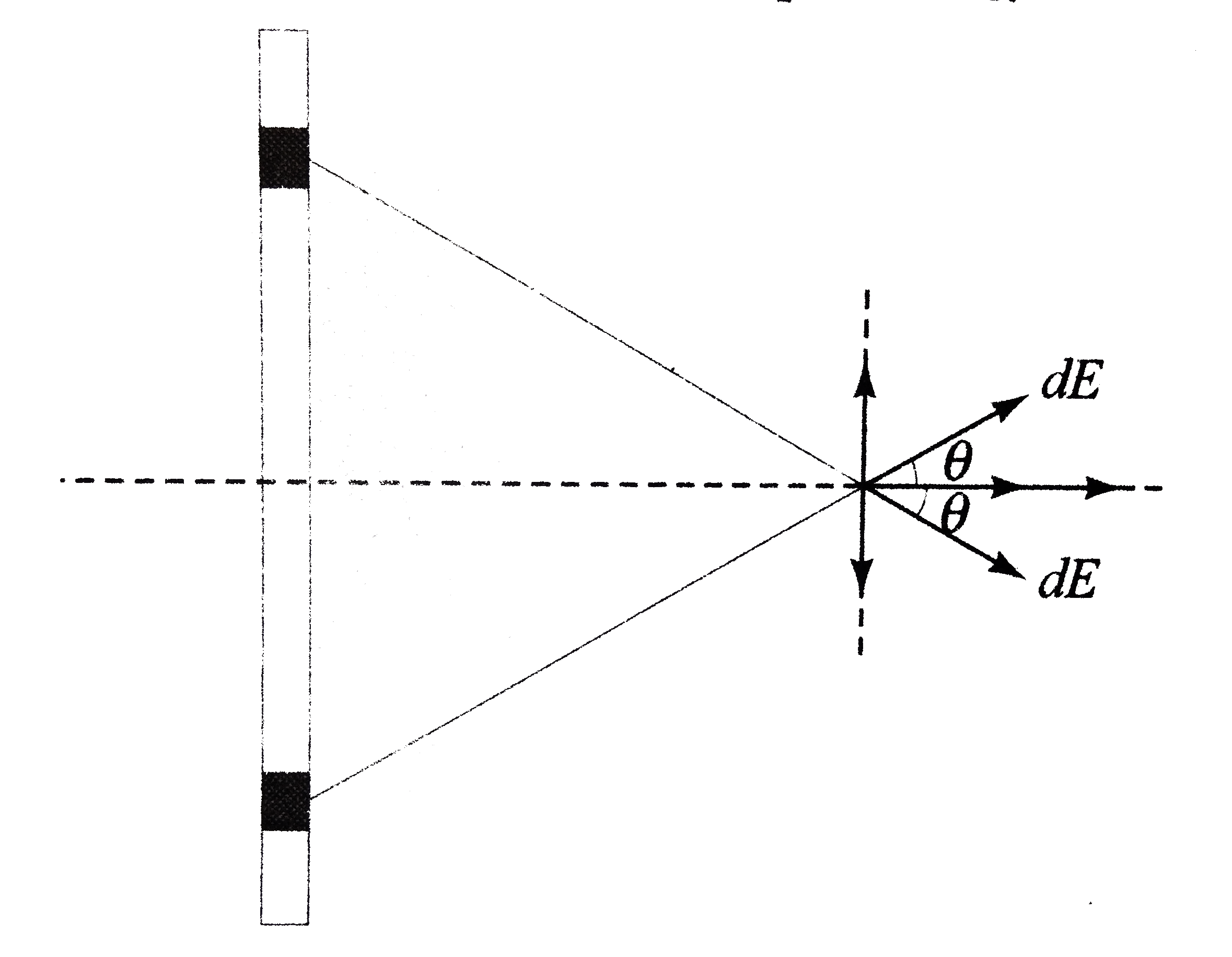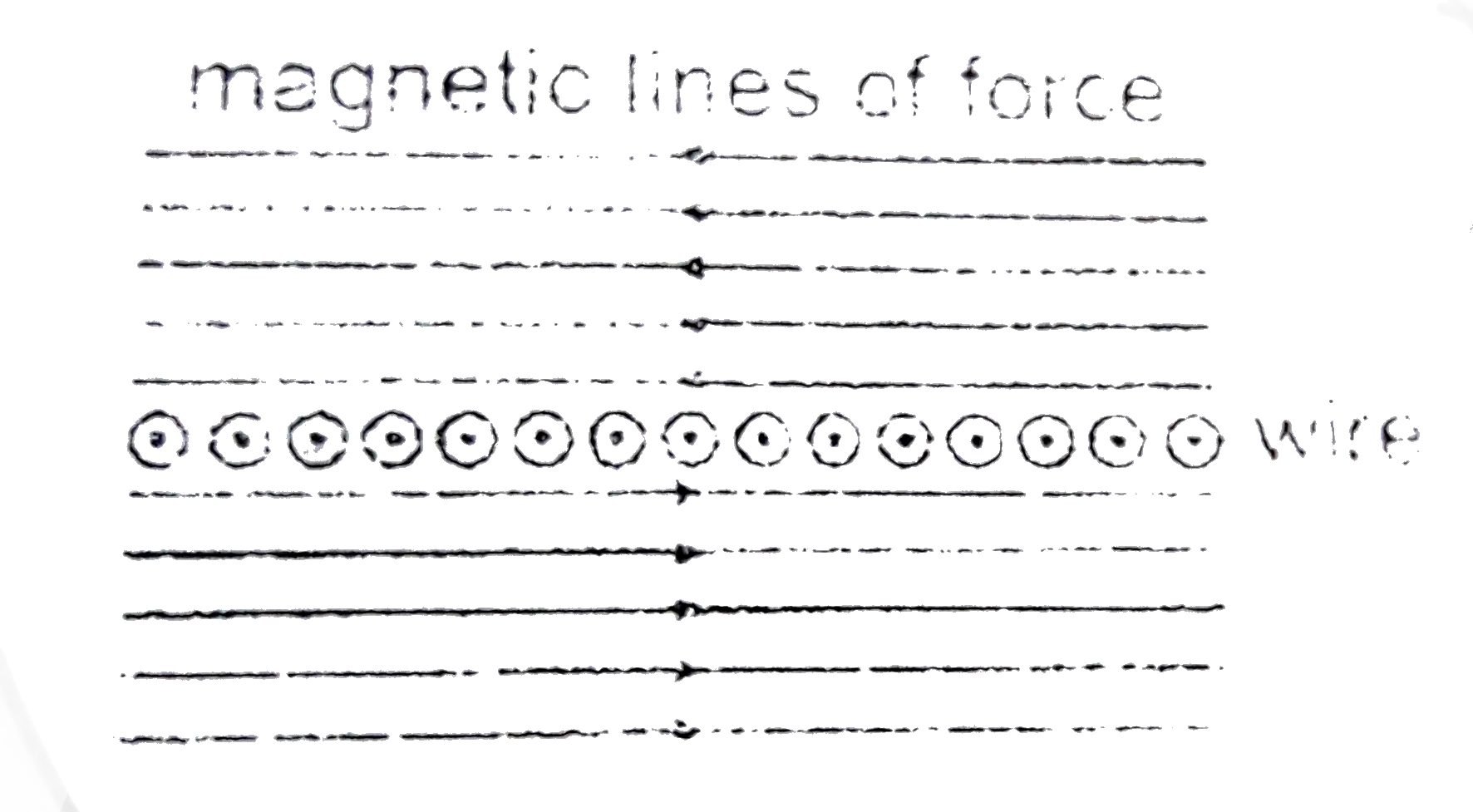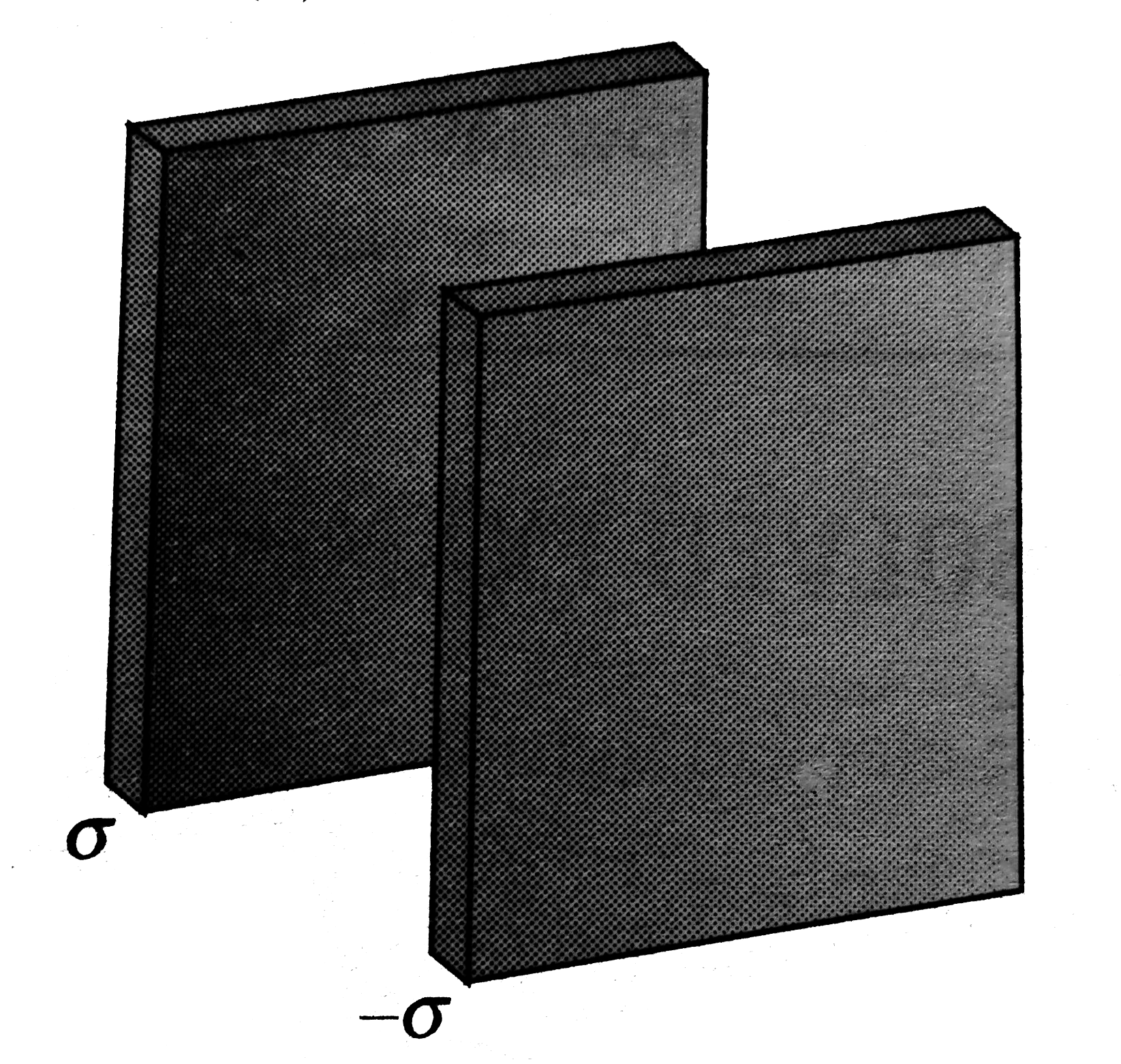Figure shows that E has the same value for all points is front fo an infinitely charged sheet. Is this reasonable? One might think that the field should be stronger near the sheet because the charges are so much closer.

It is clear form the diagram that the components perpendicular to normal to plate will cancel each other and along the normal , they will get added. As the distance decreases, dE increases but also decreases in such a way that remain constant for all positions.

It can be observed that near an infinite sheet, electric fields is constant everywhere.
Topper's Solved these Questions
- COULOMB LAW AND ELECTRIC FIELDBOOK - CENGAGE PHYSICSCHAPTER - COULOMB LAW AND ELECTRIC FIELDEXERCISE - Subjective
32 Videos
- COULOMB LAW AND ELECTRIC FIELDBOOK - CENGAGE PHYSICSCHAPTER - COULOMB LAW AND ELECTRIC FIELDEXERCISE - Single Correct
47 Videos
- COULOMB LAW AND ELECTRIC FIELDBOOK - CENGAGE PHYSICSCHAPTER - COULOMB LAW AND ELECTRIC FIELDEXERCISE - Solved examples
10 Videos
- COMMUNICATION SYSTEMBOOK - CENGAGE PHYSICSCHAPTER - COMMUNICATION SYSTEMEXERCISE - QUESTION BANK
19 Videos
- Current ElectricityBOOK - CENGAGE PHYSICSCHAPTER - Current ElectricityEXERCISE - QUESTION BANK
40 Videos
Similar Questions
The electric field at a point near an infinite thin sheet of a charged conductor is .
View Solutionfigure(a) shows three sheets that are large, parallel and uniformaly charged. Figure (b) gives the component of the net electric field along and x-axis through the sheets. The scale of the vertical axis is set by Es=6.0×105N/C what is the ratio of the charge density on sheet 3 to that on sheet 2?

View Solution
Knowledge Check
Three infinitely long charge sheets are placed as shown in figure. The electric field at point P is
 A2σε0ˆkB−2σε0ˆkC4σε0ˆkD−4σε0ˆk
A2σε0ˆkB−2σε0ˆkC4σε0ˆkD−4σε0ˆkThree infinitely long charge sheets are placed as shown in figure. The electric field at point P is
 A2σε0ˆkB−2σε0ˆkC4σε0ˆkD−4σε0ˆk
A2σε0ˆkB−2σε0ˆkC4σε0ˆkD−4σε0ˆkFigure shows three cases: in all case the circular part has radius r and straight ones are infinitely long. For the same current the ratio of field B at centre P in the three case B1:B2:B3 is
 A(−π2):(π2):(3π4−12)B(−π2+1):(π2+1):(3π4+12)C(−π2):(π2):(3π4)D(−π2−1):(π2−14):(3π4+12)
A(−π2):(π2):(3π4−12)B(−π2+1):(π2+1):(3π4+12)C(−π2):(π2):(3π4)D(−π2−1):(π2−14):(3π4+12)
Near an infinitely large flat plate with a surface charge density o on each side, the field strength is** E=δ∈nδ, while the field produced by a point charge at a distance r frorn the chargo is Prove that for a uniformly charged disk with a surface charge density a (on each side), the electric field strength on the axis of the disk is the same as for an infinitely large flat plate if the distances arc small in comparison with the disk's radius R, and is the same as for a point charge if the distances are large ** Usually the value of the field strength given in textbooks is half the one given here, since there it is assumed that the charge is on a geometric plane
View SolutionA conductor consists of an infinite number of adjacent wires, each infinitely long & carry a current i.Show that the of B will be as represented in figure & that B for all points in front of the infinite current sheet will be given by, B=(1/2)μ0ni, where n is the number of conducting wires per unit length.

View SolutionTwo infinite, non-conducting sheets of charge are parallel to each other, as shown in figure. The sheet on the left has a uniform surface charge density σ, and the one on the right has a uniform charge density −σ. Calculate the electric field at points (a) to the left of, (b) in between, and (c) to the right of the two sheets.

View SolutionThree large parallel plates have uniform surface charge densities as shown in the figure. What is the electric field at P
 .
.
View SolutionFigure shows a uniformly charged hemisphere of radius R. It has a volume charge density ρ. If the electric field at a point 2R, above the its center is E, then what is the electric field at the point 2R below its center?

View Solution
